Menu
Overview | Treatment | Before and After Pictures
The cost of your acne laser treatment plan will depend on a few different things. The number and type of treatments that you need to get you looking better will be the factors that determine how much yours costs. Generally, the range can be anywhere from a couple hundred to thousands of dollars.
Our Blu-U light treatments to kill P. acnes bacteria costs $125 per session and our other acne laser treatments start at $450 per session. If you’re interested in starting one of our comprehensive packages for acne, this will be more expensive, but these will also include other non-laser treatments such as chemical peels and skincare products.
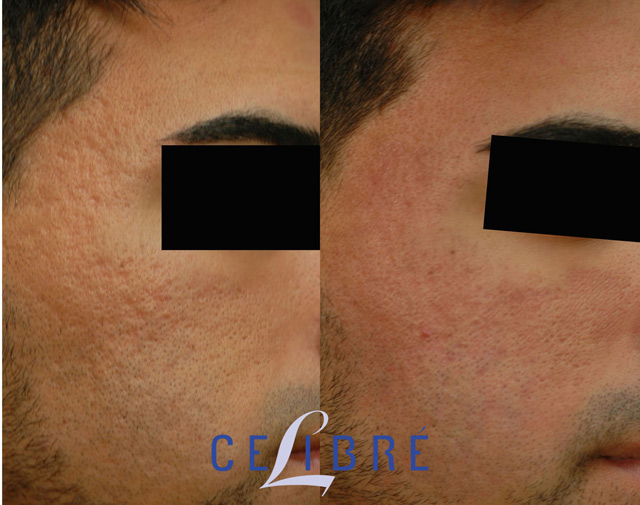





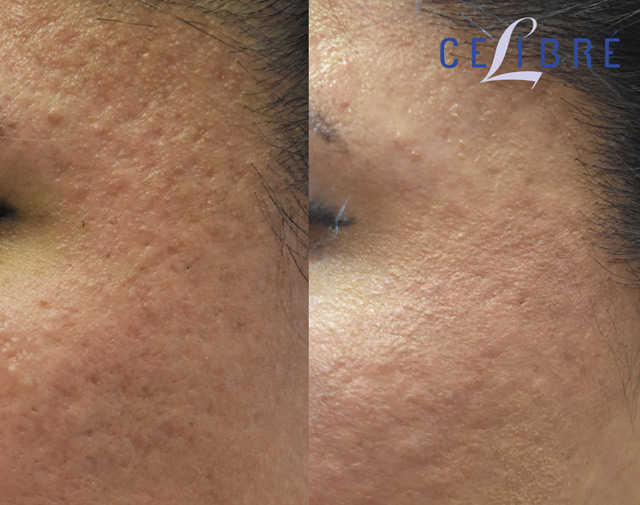

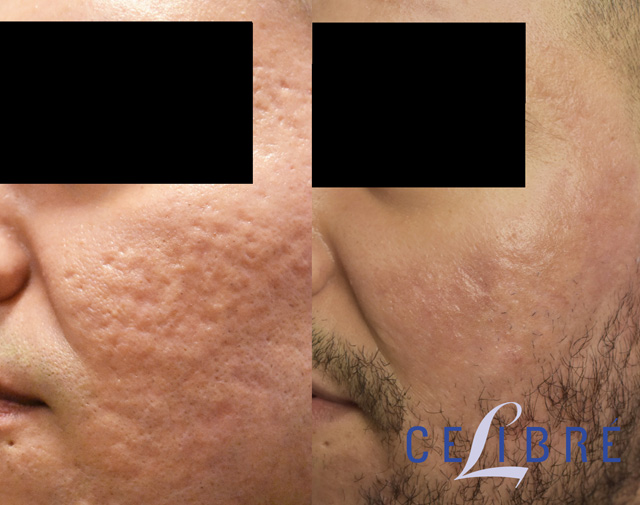
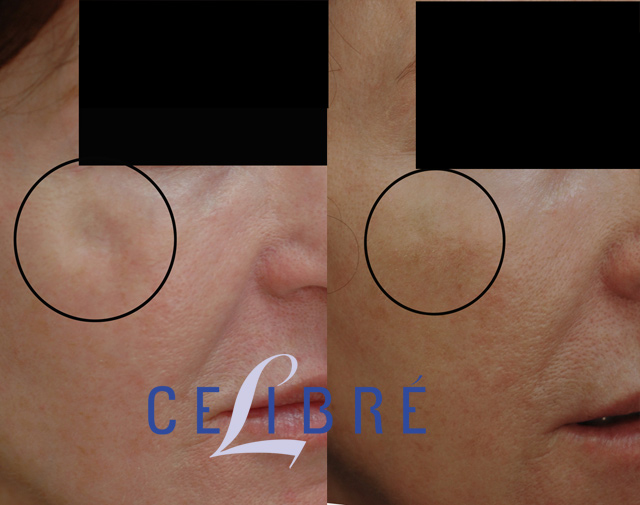
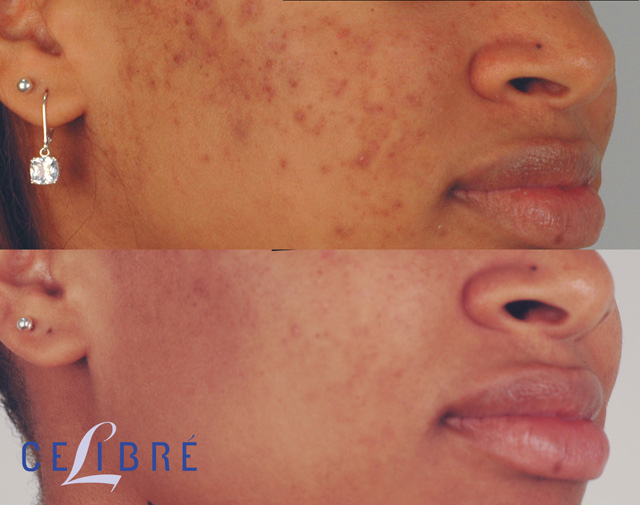
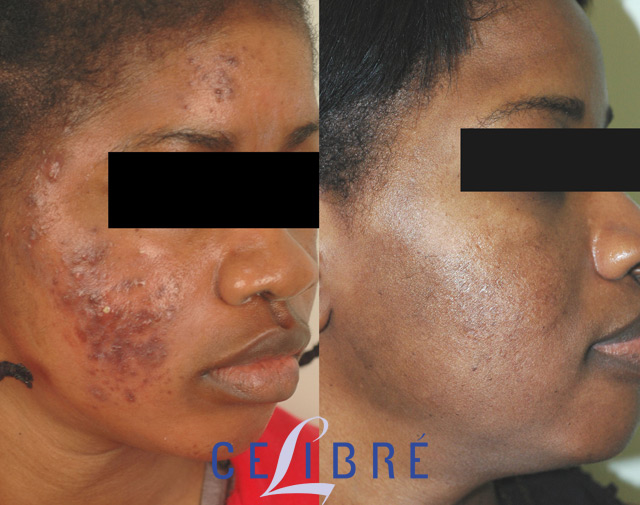
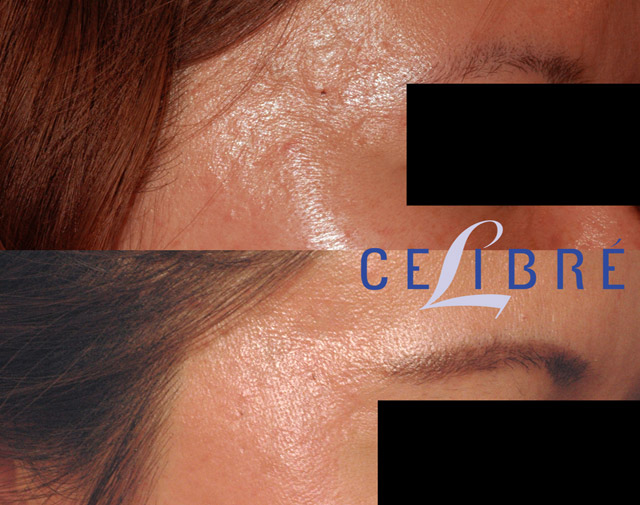
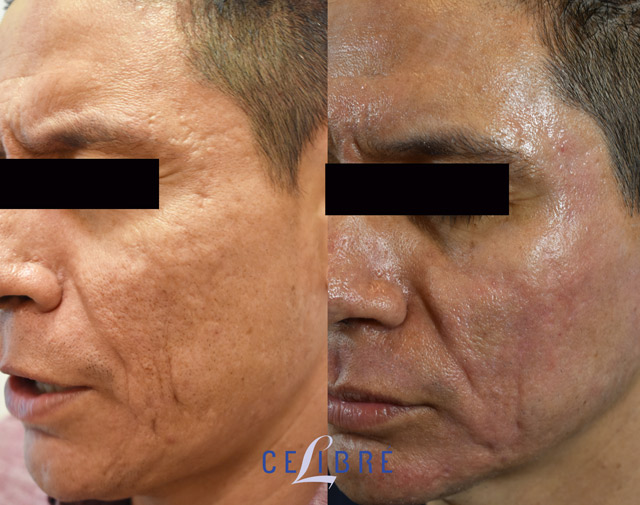
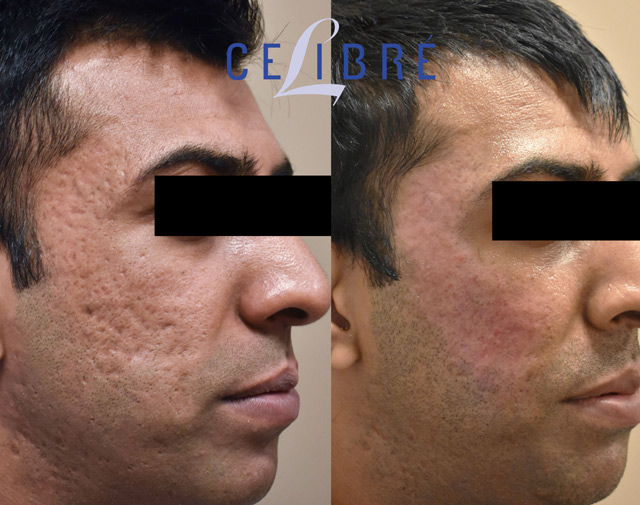
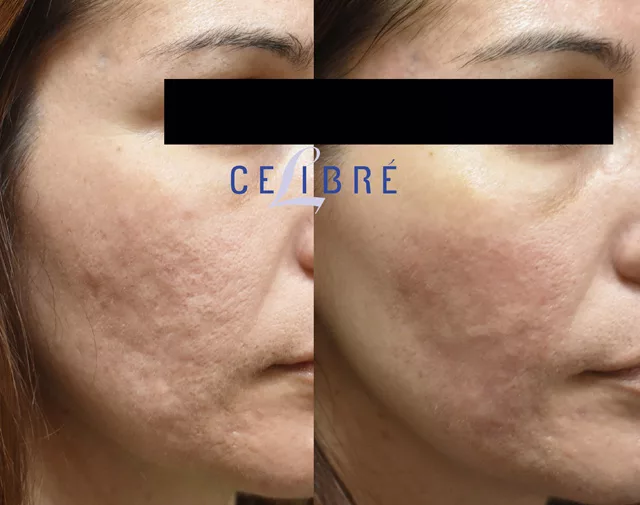
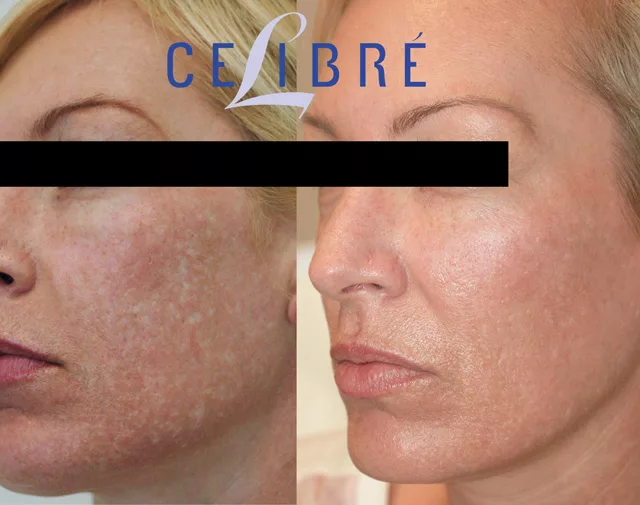

















We know that many people will pay whatever they need to in order to have clearer skin if they can because we know how desperate and frustrated acne can make you feel. We will always help you find the best treatments or packages that fit your budget, your schedule and your life. This is why we believe that we can offer you proven, cost-effective solutions for your acne, and why we’re so different and better from other places that treat acne.
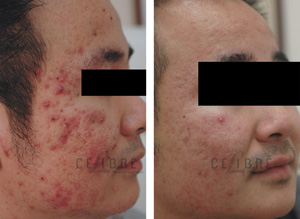
A couple other things to consider when you’re pricing out laser acne treatment cost for your skin are that Celibre uses four different lasers in our treatment programs for acne and we take the time to customize your plan just for you. We also use Photodynamic therapy with ALA (aminolevulonic acid) for some of our acne patients. This procedure requires some preparation time. Anywhere from 3 to 8 hours is used, which is a lot longer than most other offices offer. The longer this medicine incubates, the more effective the treatment is.
We believe in providing treatments that give you the most for your money. That really gives us an advantage over the competition. Come in and talk with us today. Let us give you our best plan to help you get rid of your acne and help your skin look clear once and for all.
Visit our acne laser treatment before and after pictures
Other Acne Treatment Topics
